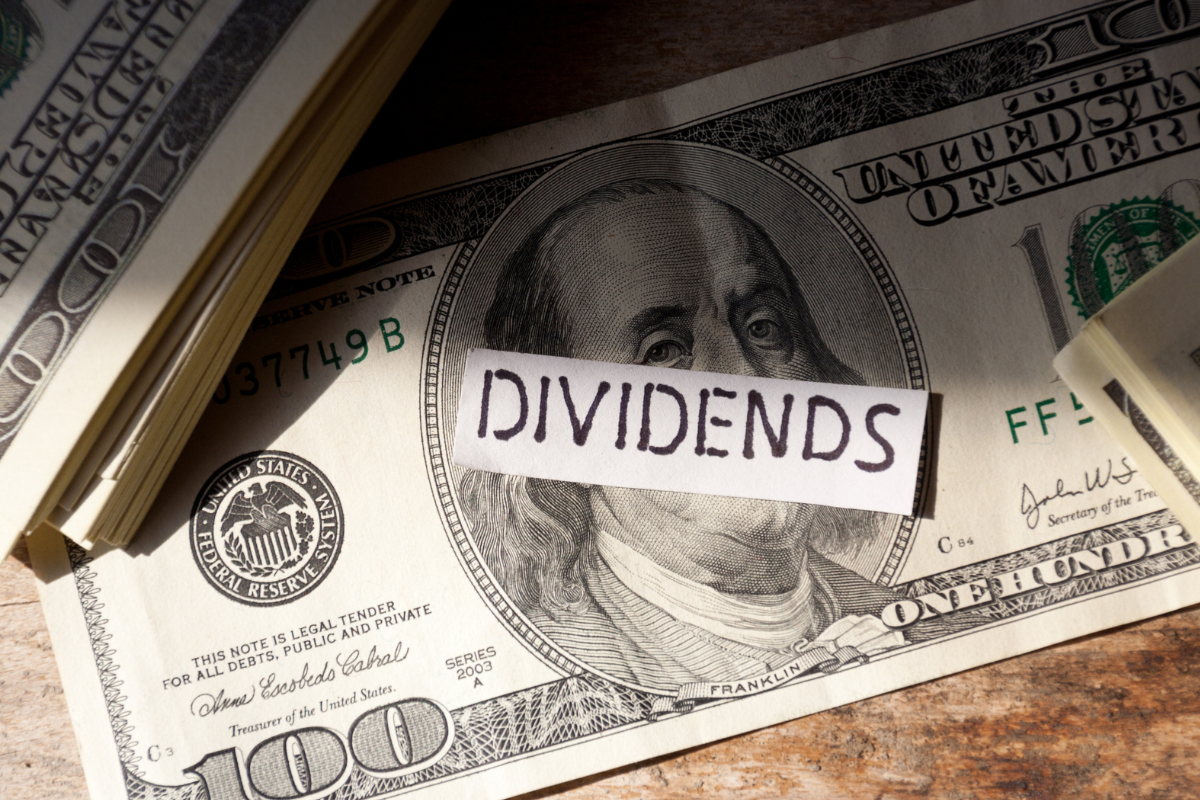
November 29, 2022
Dividend stocks provide a relatively low-risk strategy and a hedge in volatile markets. This is because they frequently pay out during turbulent times. For example, over the course of the COVID-19 pandemic, as pharmaceutical firms enjoyed a boost in revenues, some were ready to increase their dividends or pay out a one-off dividend bonus.
However, dividend portfolios do come with warnings attached. Companies can cut or eliminate their dividends, taking a bite out of their portfolio yield in the process.
Across a pack of 1,400 dividend-paying firms, 213 pared dividends and 93 omitted dividends in the second quarter of 2020 as COVID-19 reared its head. Another less-appreciated risk is the danger of concentration in dividend-focused portfolios, both by sector and within industries.
Birds of a feather
High-yield companies tend to fit a similar mold — the way by which they are overrepresented in mature industries, featured amongst large firms as well as value stocks and affected by businesses with interest-rate sensitivities.
Around which sectors does a cluster of dividend payers gravitate? Well, in a typical fund or portfolio, you might find financials and real estate playing major roles, followed by energy, utilities and basic materials. Next come consumer goods, health care and telecom. For investors seeking diversification, the challenge is to manage lumpy portfolios that are overstuffed with banks and oil drillers.
The lessons of sector diversification transpired in 2020 as firms and sectors differed in their responses to economic slowdowns and new regulations. Some sectors proved vulnerable to slashed dividends, such as consumer discretionary, energy, financials and industrial. Others were better positioned to maintain or even expand their payouts, including health care, consumer staples and IT.
Global diversification
Dividend yields also vary on a geographical dimension. Many non-U.S. companies have more generous payouts, although they may be less committed to sustaining a steady increase in yields than are their American counterparts. Keep in mind, though, that you will be receiving their dividends in another currency, which will also fluctuate against the U.S. dollar, thereby impacting the final amount of money you will ultimately pocket.
Some of the largest, most stable and most reliable foreign companies have been raising their dividends for at least the past five years. Some stellar names to which this applies include Novo Nordisk in Denmark, Novartis in Switzerland, Westpac Banking in Australia and ACE, the Swiss insurer.
At the end of the day, you must know what you own. It is advisable to check each of your exchange-traded funds or mutual funds for their specific holdings. Do they overlap, creating another layer of concentration risk?
Furthermore, dividend-rich investments provide a solid platform for building a blue-chip stable for generating income. Make sure you discuss any strategies you’re considering with your financial adviser to confirm that your ideas are suitable for the needs and goals of your individual profile.